Cleavage of BLOC1S1 mRNA by IRE1 Is Sequence Specific, Temporally Separate from XBP1 Splicing, and Dispensable for Cell Viability under Acute Endoplasmic Reticulum Stress
- PMID: 25870107
- PMCID: PMC4438243
- DOI: 10.1128/MCB.00013-15
Cleavage of BLOC1S1 mRNA by IRE1 Is Sequence Specific, Temporally Separate from XBP1 Splicing, and Dispensable for Cell Viability under Acute Endoplasmic Reticulum Stress
Abstract
The unfolded protein response (UPR) remediates endoplasmic reticulum (ER) stress. IRE1, a component of the UPR, senses misfolded protein and cleaves XBP1 mRNA, which is ligated to code for the prosurvival transcription factor. IRE1 also cleaves other mRNAs preceding their degradation, termed regulated IRE1-dependent mRNA decay (RIDD). It has been reported that RIDD may be involved in cell viability under stress and therefore may contribute to cancer cell viability. To investigate RIDD targets that may have functional relevance in cell survival, we identified conserved RIDD targets containing stringent IRE1 RNase target sequences. Using a systematic bioinformatics approach with quantitative-PCR (qPCR) validation, we show that only BLOC1S1 is consistently a RIDD target in all systems tested. Using cancer cell lines, we show that BLOC1S1 is specifically cleaved by IRE1 at guanine 444, but only under conditions of IRE1 hyperactivation. BLOC1S1 cleavage is temporally separate from XBP1 splicing, occurring after depletion of unspliced XBP1. Expression of an uncleavable BLOC1S1 mutant or inhibition of RIDD using an IRE1 RNase inhibitor did not affect cellular recovery from acute ER stress. These data demonstrate that although hyperactivated IRE1 specifically cleaves BLOC1S1, this cleavage event and RIDD as a whole are dispensable for cell viability under acute stress.
Copyright © 2015, Bright et al.
Figures
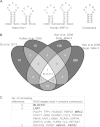

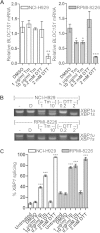
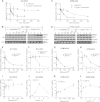
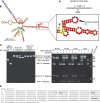



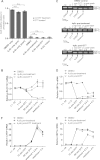
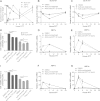
References
Publication types
MeSH terms
Substances
Grants and funding
LinkOut - more resources
Full Text Sources
Molecular Biology Databases
